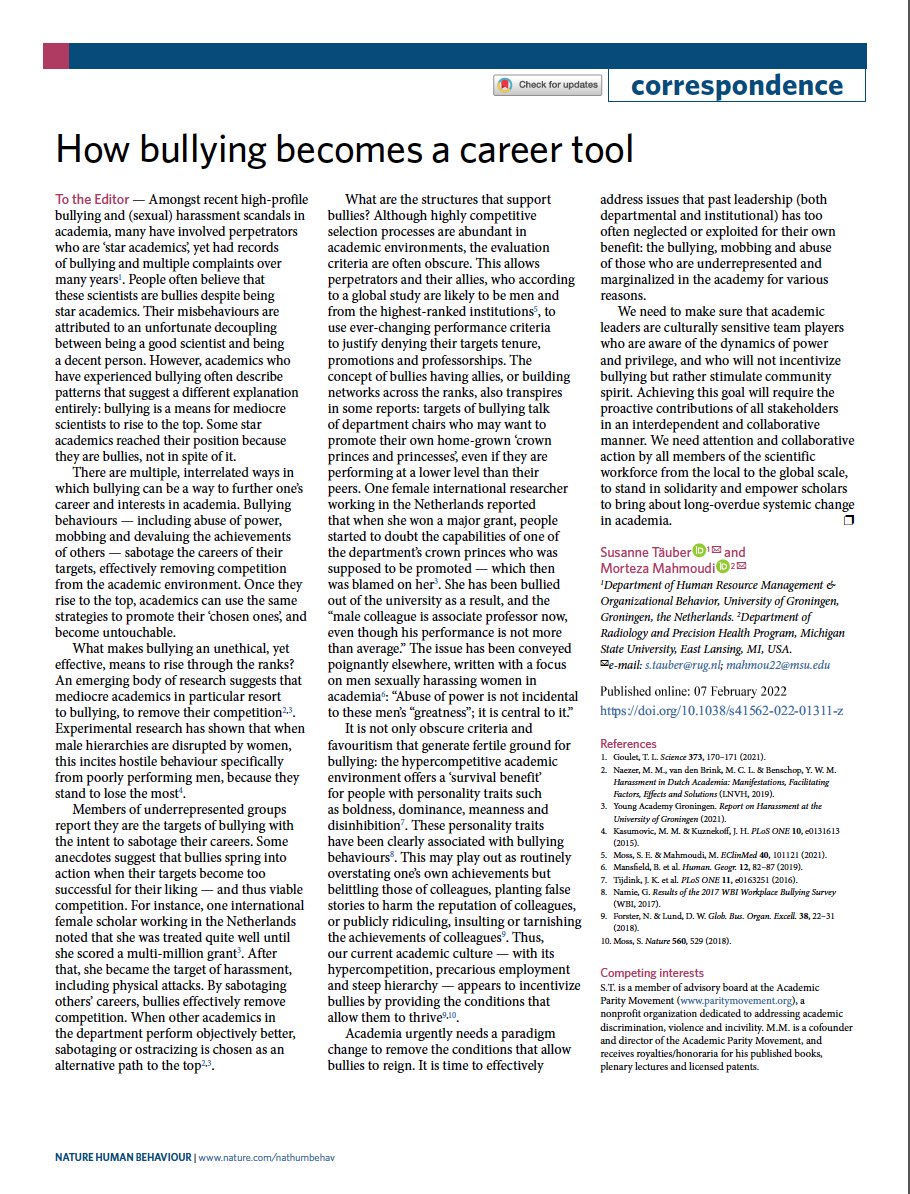
Eduardo Eyras
@edueyras
EMBL Australia Group Leader. Computational RNA Biology, JCSMR, Australian National University - edueyras.bsky.social
ID: 453495437
https://github.com/comprna 03-01-2012 00:12:26
15,15K Tweet
2,2K Followers
1,1K Following











🌟 Apply now for the EMBL Australia #PhD Course! This year's program includes two exciting workshops from Australian BioCommons: 💻 Machine Learning in the Life Sciences 📊 Mastering Data Visualisation Design 🔗 Applications close 27 July - don't miss out! bit.ly/4kljhsO


Our ex-zd compression is now published in Genome Research. ex-zd lossy mode can reduce 30-40% of the Oxford Nanopore signal data size, and the basecalling accuracy scatter is at a similar level to running the original data on two different GPUs - V100 vs A100. genome.cshlp.org/content/35/7/1…



